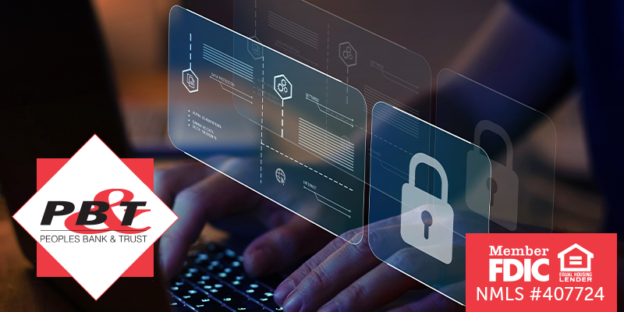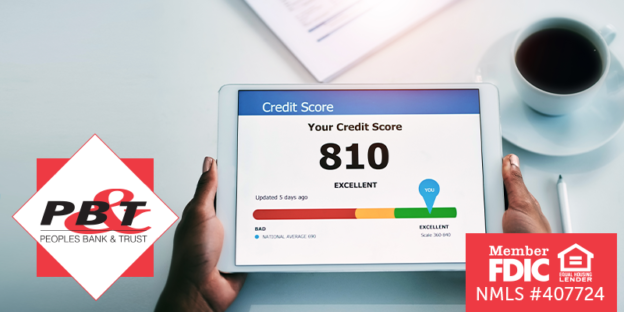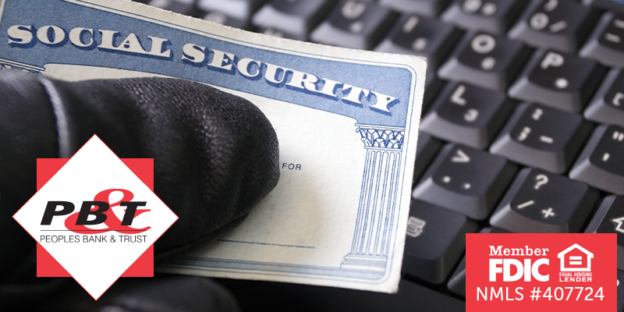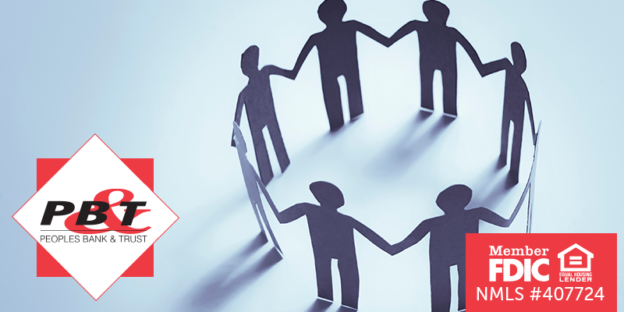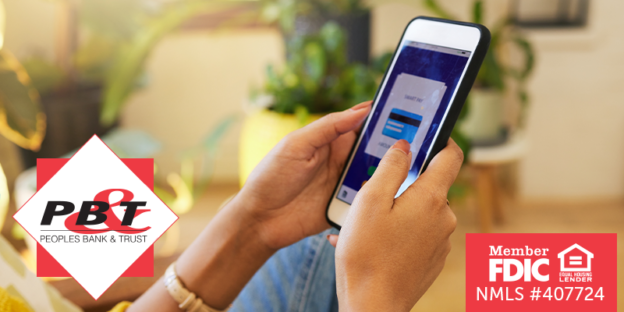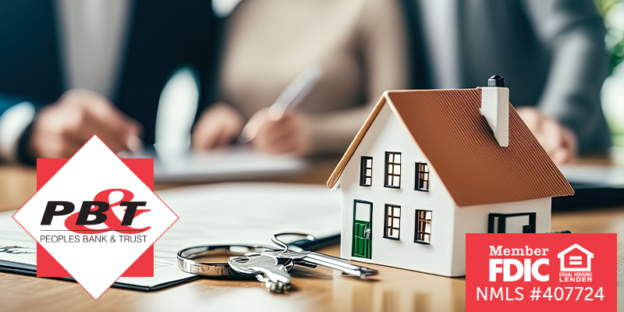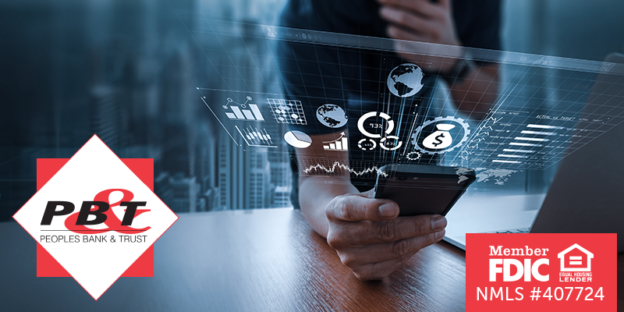Fall in Missouri is a magical time, with vibrant foliage, crisp air, and a plethora of activities to enjoy. Whether you’re looking for outdoor adventures, cultural experiences, or family-friendly fun, the Show-Me State has something for everyone. Plus, with [BANK]’s credit cards and savings accounts, you can make the most of your autumn adventures without breaking the bank. Here are ten fun things to do in Missouri this fall.
1. Explore the Ozark National Scenic Riverways
The Ozark National Scenic Riverways offer stunning fall foliage and a variety of outdoor activities. Kayak down the Current River, hike through scenic trails, or simply enjoy a picnic by the water. Don’t forget to bring your camera to capture the breathtaking views.
- River Activities: There are two main ways to float down the Current and Jacks Fork Rivers: renting equipment or bringing your own—this includes everything needed to float such as watercraft (canoes, kayaks, rafts, or tubes), paddles, and life jackets. There are several outfitters you can rent from. Make sure to check river levels to stay safe!
2. Visit a Pumpkin Patch
Pumpkin patches are a quintessential fall activity. Head to Beggs Family Farm for a day of fun, including hayrides, corn mazes, and pumpkin picking. It’s a great way to spend time with family and friends.
- Eagle Fork Farms: This farm, located in Moscow Mills, MO, is perfect for families and those with children. They offer tons of family-friendly activities, from their corn maze to the playground, facepainting, hayrides, gem mining and much more! Learn more about Eagle Fork Farms on their website.
3. Attend a Fall Festival
Missouri hosts numerous fall festivals that celebrate the season with food, music, and crafts. The Hermann Oktoberfest is a must-visit, offering German food, wine tastings, and live entertainment. Use your [BANK] credit card to enjoy all the festivities.
4. Take a Scenic Drive
Missouri’s countryside is beautiful in the fall. Take a scenic drive through the Mark Twain National Forest or along the Great River Road to see the vibrant fall colors. It’s a relaxing way to enjoy the season. Here’s what you’ll find on the route:
- Mark Twain Cave Complex: This cave is described in five of Mark Twain’s books, including The Adventures of Huckleberry Finn.
- Bankhead Candies: Bankhead Chocolates in Bowling Green has been producing hand-dipped chocolates since 1919!
- Cuivre River State Park: Located east of Troy, this park provides over 38 miles of hiking, backpacking and equestrian trails. You can plan a camping trip or go fishing and swimming!
- Chaumette Vineyards and Winery: If you get thirsty on your route, stop here to enjoy award-winning wines and farm-to-fork dining. This elegant villa has a view of the rolling countryside for you to enjoy.
- Mastodon State Historic Site: Home to the Kimmswick Bone Bed – this important archaeological and paleontological area was where Paleo Indians hunted mastodons during the ice age. Check out ancient artifacts and fossils as well as a full-size replica of a mastodon skeleton.
- Rosemary Berkel and Harry L. Crisp II Museum: Located in Cape Girardeau, this museum offers rotating exhibits and educational programs.
- Broussard’s Cajun Cuisine: Feeling hungry after all that exploring? Grab some authentic Cajun specialties as well as steaks, burgers, chicken and seafood plates.
5. Go Apple Picking
Apple picking is a fun and delicious fall activity. Visit an orchard like Liberty Apple Orchard to pick your own apples and enjoy fresh apple cider or delicious apple cider donuts, slushies and more. It’s a great way to support local farmers and enjoy the fruits of the season.
6. Explore a Haunted House
For those who love a good scare, Missouri has plenty of haunted houses to explore. The Darkness in St. Louis is one of the best, offering spine-chilling thrills and spooky fun. Use your savings account to budget for tickets and treats. Other haunted houses include:
- The Lemp Mansion: This restaurant and inn offers haunted tours and was chosen as one of the unusual attractions to visit in the Midwest by chicagohotels.org.
- Creepyworld: Visit this haunted scream park that features a haunted hayride, monster mansion, and more. You can even get a combo ticket with Lemp Haunted House.
7. Hike in a State Park
Missouri’s state parks are perfect for fall hiking. Weston Bend State Park offers stunning views of the Missouri River and beautiful fall foliage. Pack a picnic and enjoy a day in nature. Other beautiful state parks include:
8. Visit a Winery
Missouri’s wine country is beautiful in the fall. Visit a winery like Stone Hill Winery in Hermann for a wine tasting and tour. It’s a relaxing way to spend a fall afternoon. Other options include:
9. Attend a Football Game
Fall is football season, and Missouri has plenty of games to enjoy. Cheer on the Missouri Tigers or the Kansas City Chiefs. Use your [BANK] credit card to buy tickets and gear up for game day.
10. Enjoy a Fall Concert
Many artists tour in the fall, and Missouri has a variety of concert venues to choose from. Check out the lineup at the Starlight Theatre in Kansas City or the Fabulous Fox Theatre in St. Louis. Use your credit card to secure your tickets and enjoy a night of music.
With so many fun things to do in Missouri this fall, you’ll want to make sure you’re financially prepared. We offer credit cards with great rewards and savings accounts to help you budget for all your autumn adventures. Visit Exchange Bank of Northeast Missouri to learn more and start planning your fall activities today!



